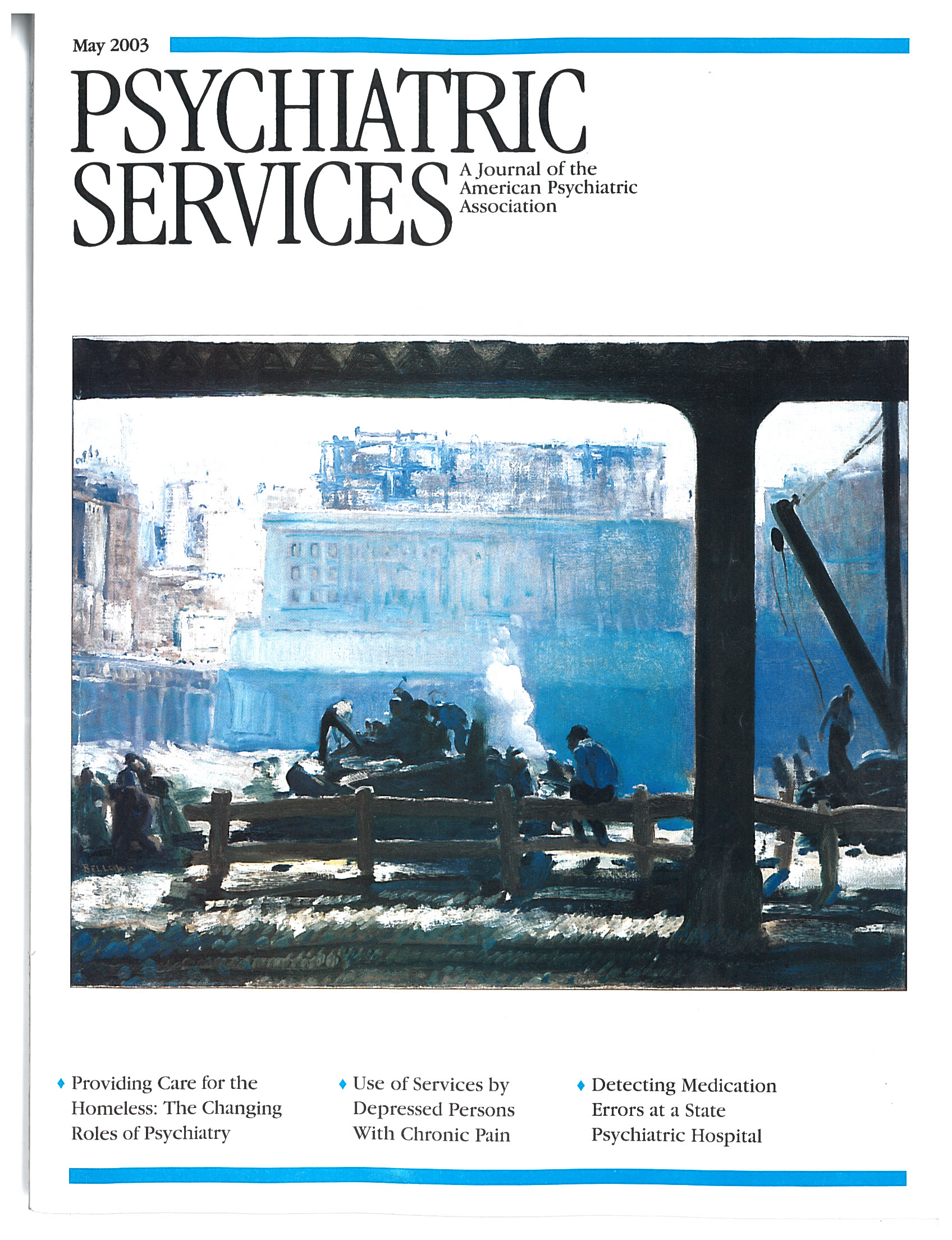Use of Antidepressants Among Canadian Workers Receiving Depression-Related Short-Term Disability Benefits
Abstract
OBJECTIVES: Little is known about how antidepressants are being used, but rising antidepressant expenditures and the accompanying impulse to control costs make this a critical issue to be addressed. The authors studied patterns of antidepressant use in a population of workers receiving depression-related short-term disability benefits to determine whether populations likely to benefit from antidepressants are using them and, if so, whether they are using them in a way that the benefits from their use are maximized. METHODS: The analyses were based on 1996-1998 administrative data from short-term disability and prescription drug benefit claims and occupational health department records for employees of three Canadian companies. RESULTS: Approximately 58 percent of employees who were receiving depression-related short-term disability benefits had made at least one antidepressant claim. Employees who did not use antidepressants typically reported significantly fewer symptoms at baseline on average than those who did. About 91 percent of the employees who used antidepressants filled at least one prescription for a guideline-recommended first-line agent. Approximately 79 percent of antidepressant dosages reflected those suggested by the Canadian Network for Mood and Anxiety Treatment, and three timeframe indicators suggested that most patients used antidepressants within the recommended timeframes. CONCLUSIONS: The results of this study represent an important first step in exploring the question of how antidepressants are used among workers with depression-related disability. For the most part, these workers and those whose depression was more severe were more likely to obtain antidepressants.



